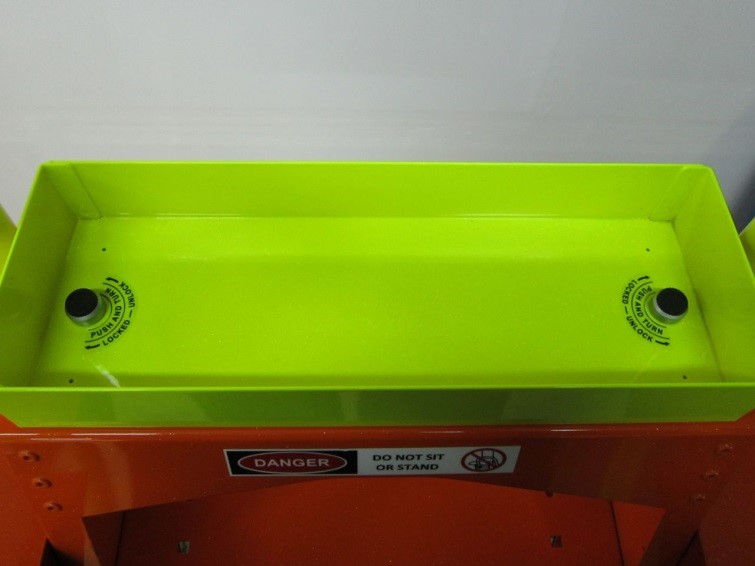Table saws are a crucial tool in woodworking, providing the power and precision needed to cut through wood, plastic, and even metal. Whether you’re a professional or a DIY enthusiast, knowing how to properly use and maintain a table saw is essential for achieving the best results. This article will also explore the role of geotextiles in construction, offering a comparison between the tools and materials that bring precision to various fields.

What Can a Table Saw Do?
A table saw’s main function is to cut wood, but it can also handle plastics and metals. Its rotating blade is perfect for making long rip cuts, cross cuts, and even miter cuts with added attachments. This versatility makes the table saw indispensable in many woodworking projects.
How to Safely Use a Table Saw?
To safely operate a table saw, follow these guidelines:
- Wear protective gear: Safety glasses, ear protection, and dust masks are non-negotiable.
- Use push sticks: These tools keep your hands at a safe distance from the blade.
- Blade height: The blade should be set just above the material you’re cutting to prevent kickback.
- Check alignment: Make sure the fence, miter gauge, and blade are properly aligned.
- Hands off the blade: Always keep your hands clear of the blade, even when the saw is off.
What Types of Table Saws Are Available?
Table saws come in different types to suit a range of needs:
- Benchtop Saws: Portable and easy to use for smaller projects.
- Contractor Saws: More powerful, suitable for medium-sized tasks.
- Cabinet Saws: Heavy-duty saws designed for professionals needing precision.
How to Maintain a Table Saw?
Maintaining your table saw ensures its longevity and performance:
- Remove sawdust buildup: Prevent motor damage by clearing sawdust after use.
- Sharpen the blade: A sharp blade improves cutting accuracy and reduces wear on the saw.
- Check for alignment issues: Regularly ensure the saw’s components are aligned correctly.
- Lubricate parts: Keep moving parts lubricated to maintain smooth operation.
Mention of Geotextile: In the same way that precision is essential in woodworking, geotextiles in construction projects provide stability and durability. They are used in applications like soil stabilization and drainage, ensuring the long-term success of infrastructure projects, just as a well-maintained table saw guarantees precise cuts.
Both the table saw and geotextiles are indispensable tools in their respective fields, ensuring projects are completed with accuracy and longevity. “Precision is the soul of craftsmanship.” —Leonardo da Vinci